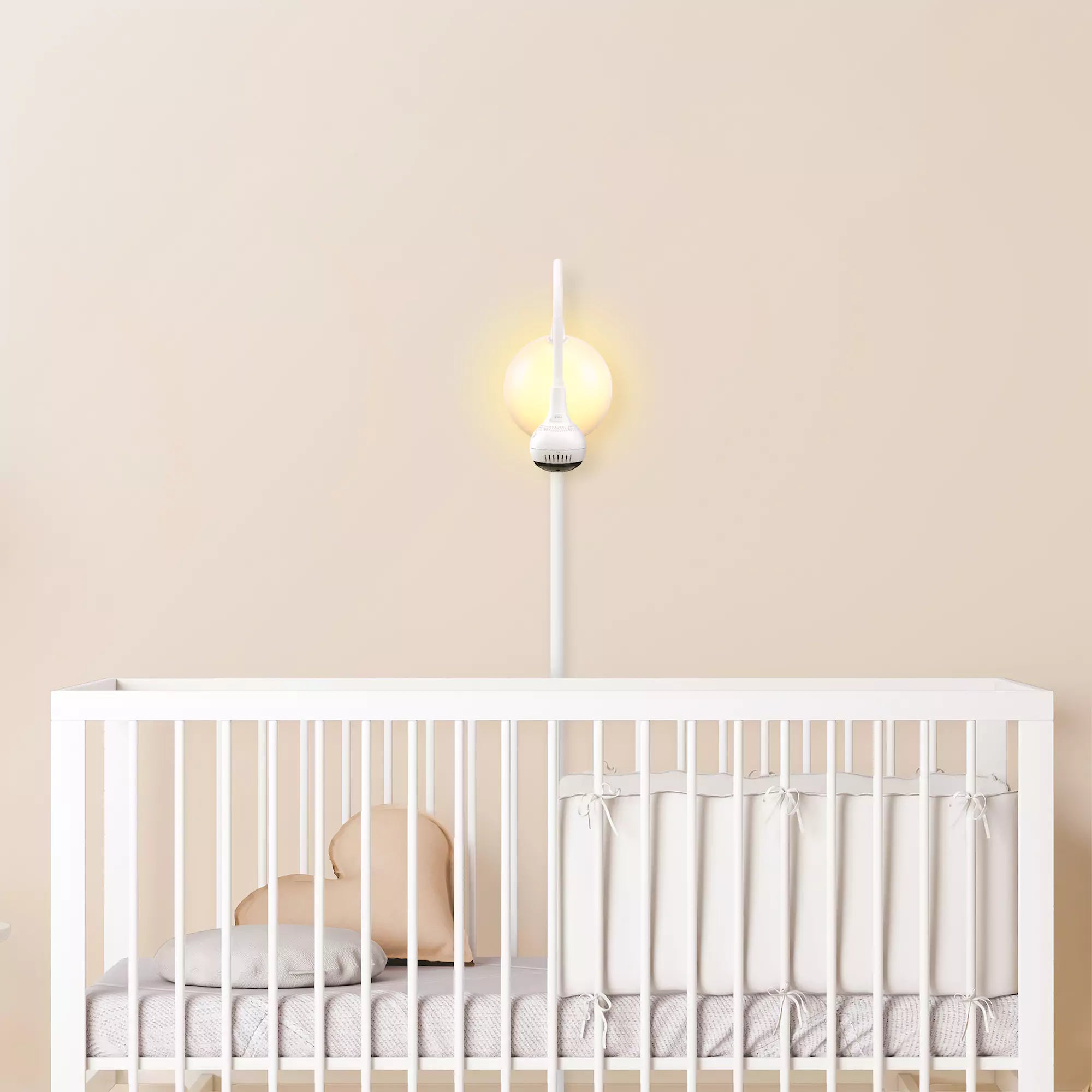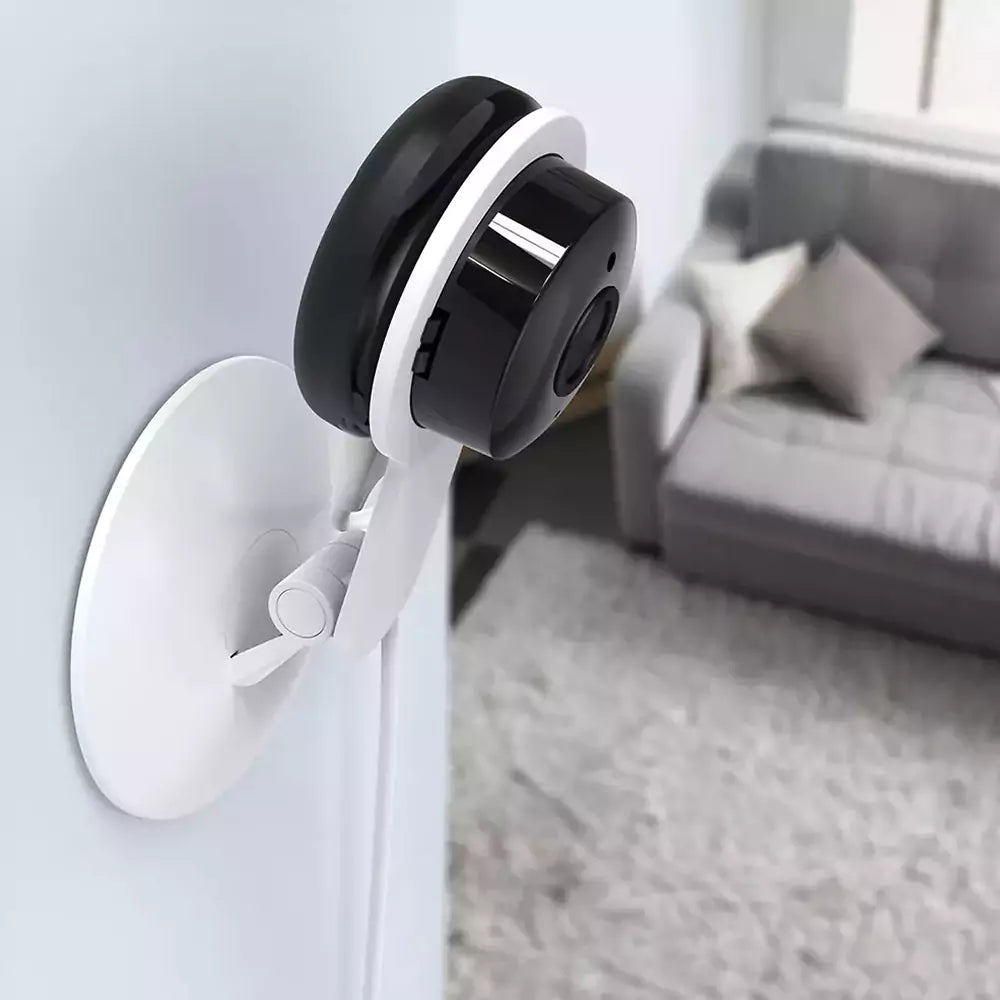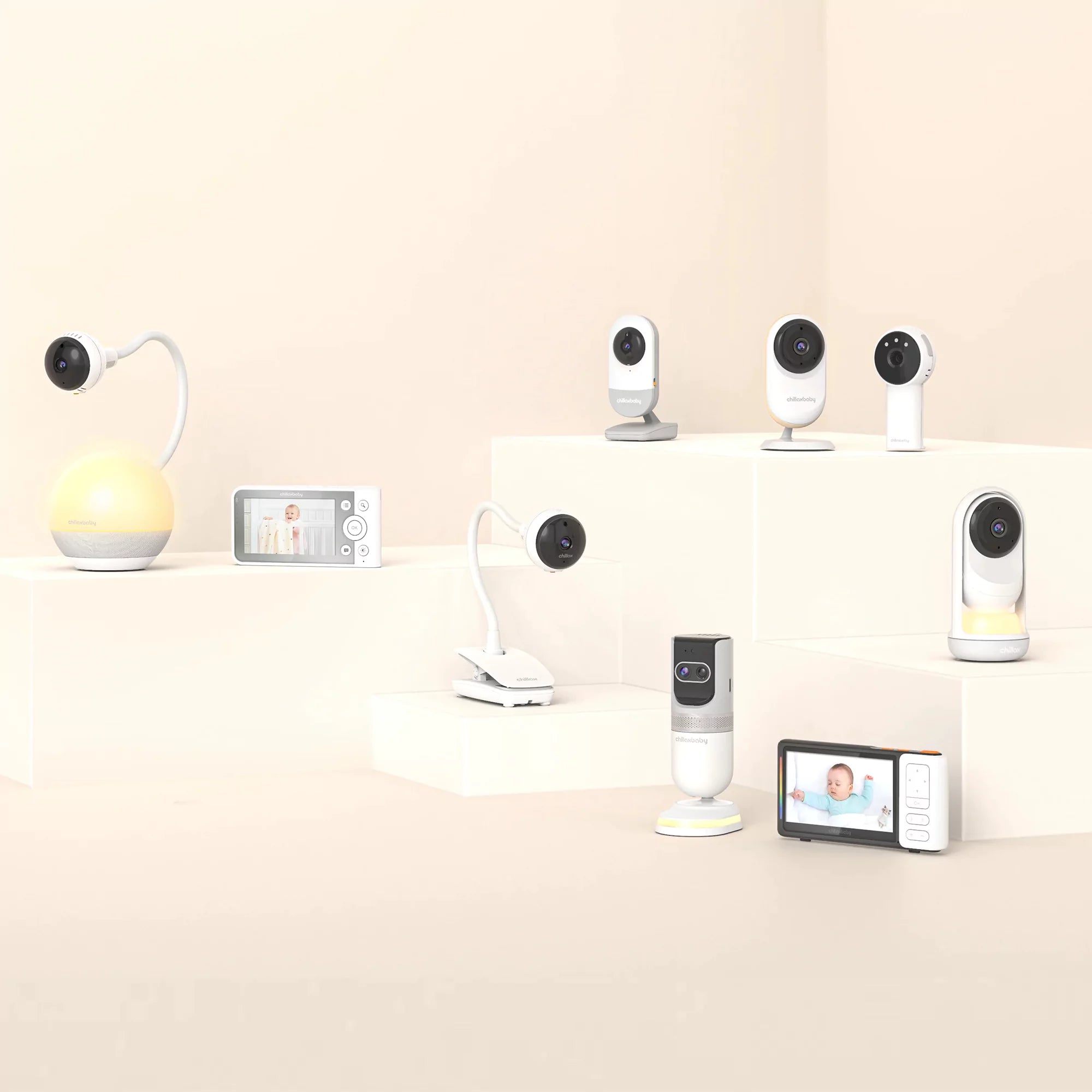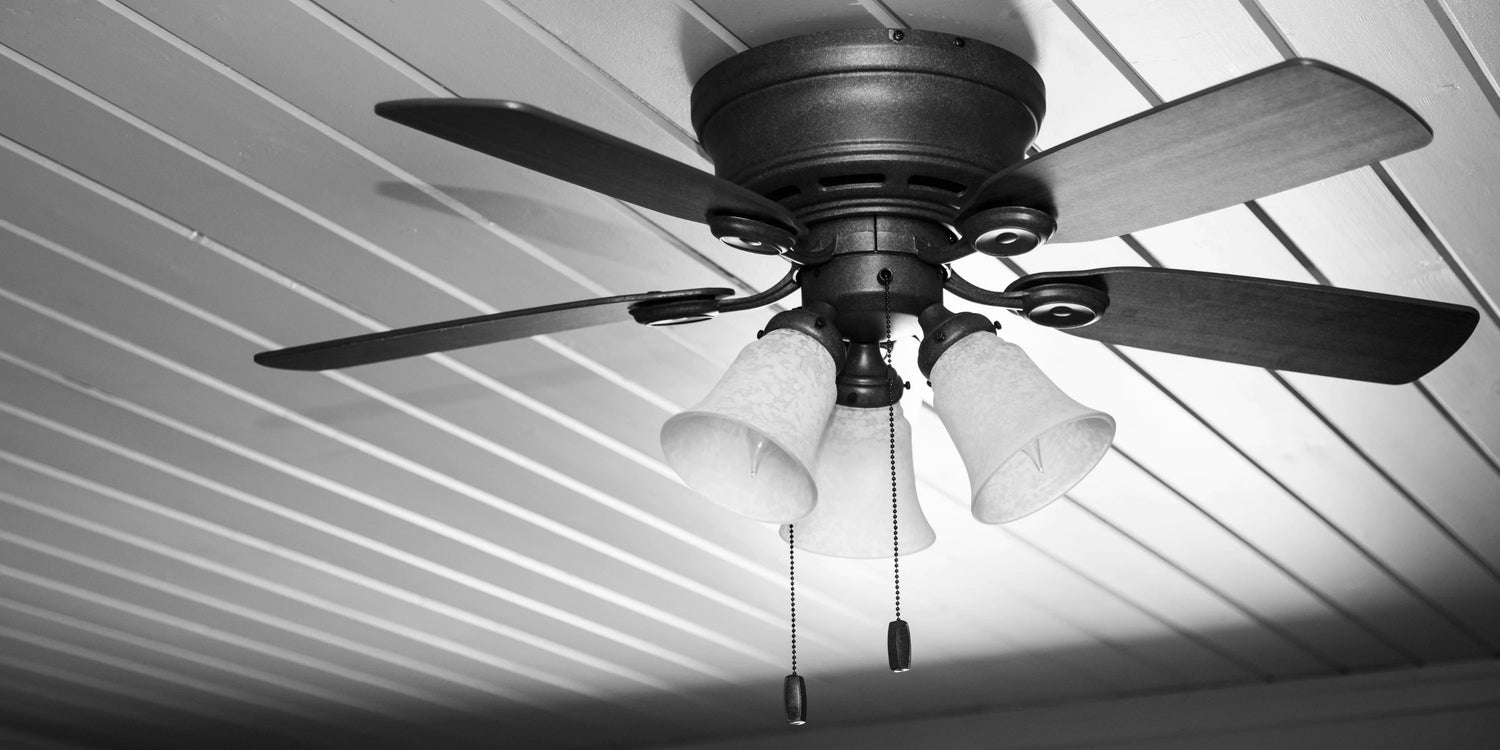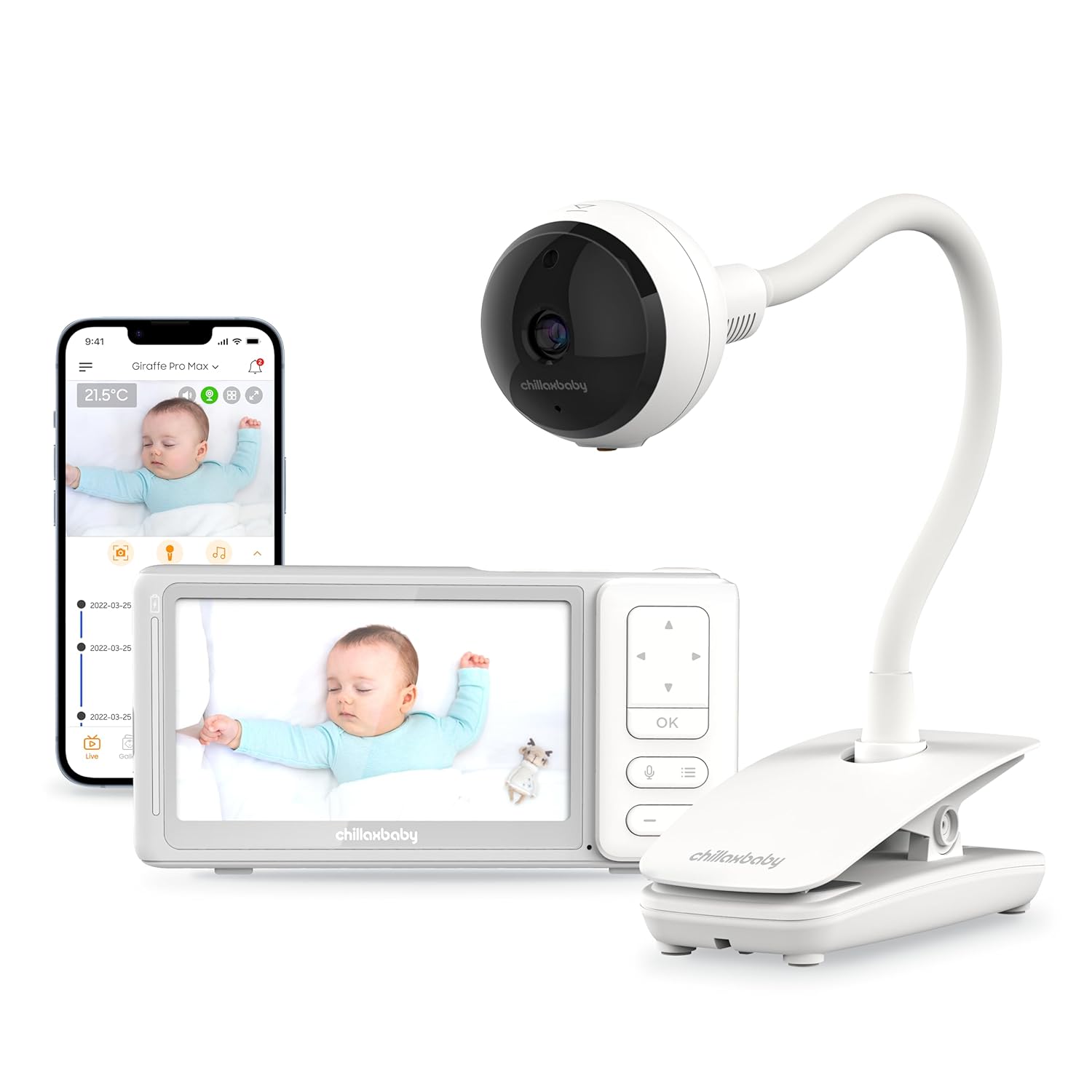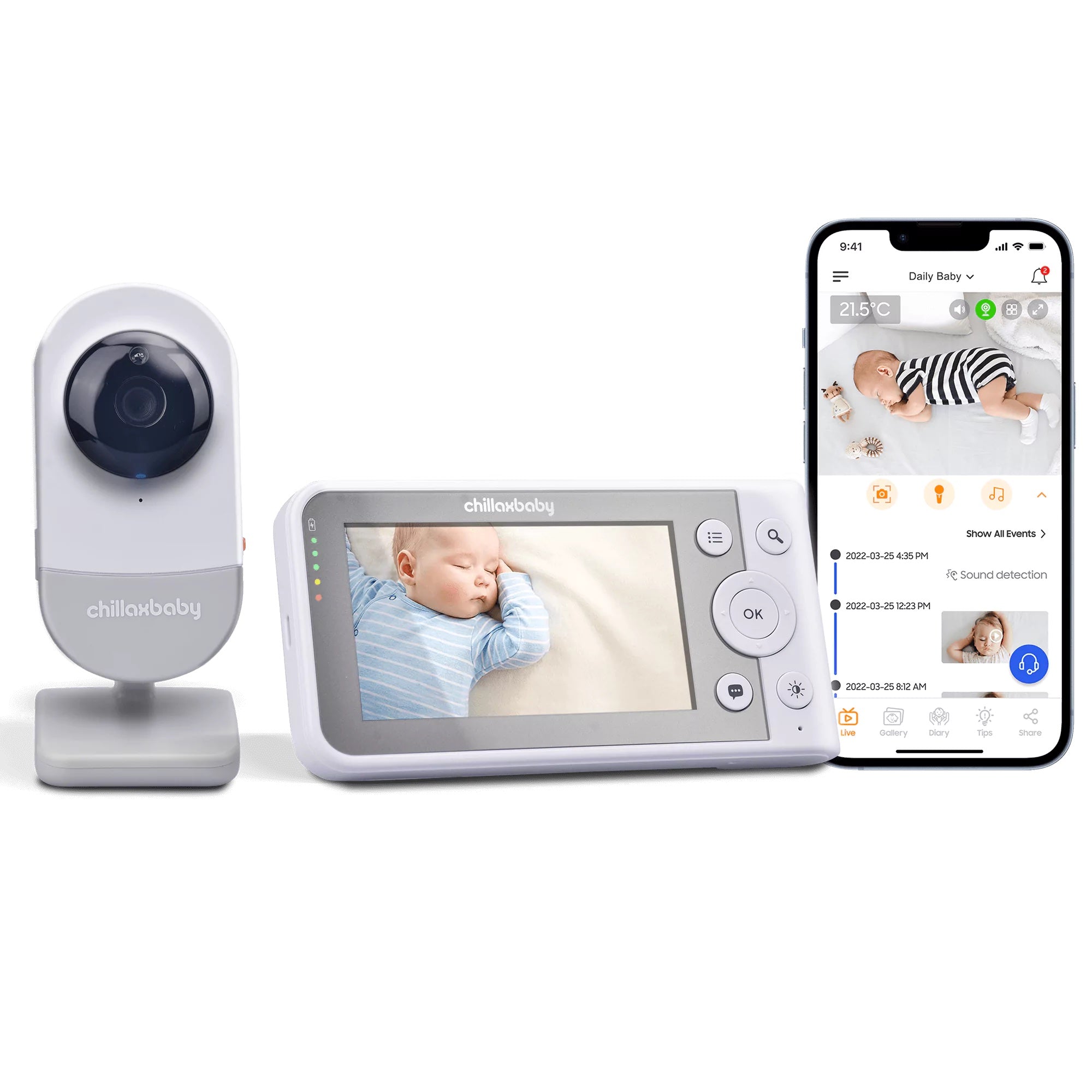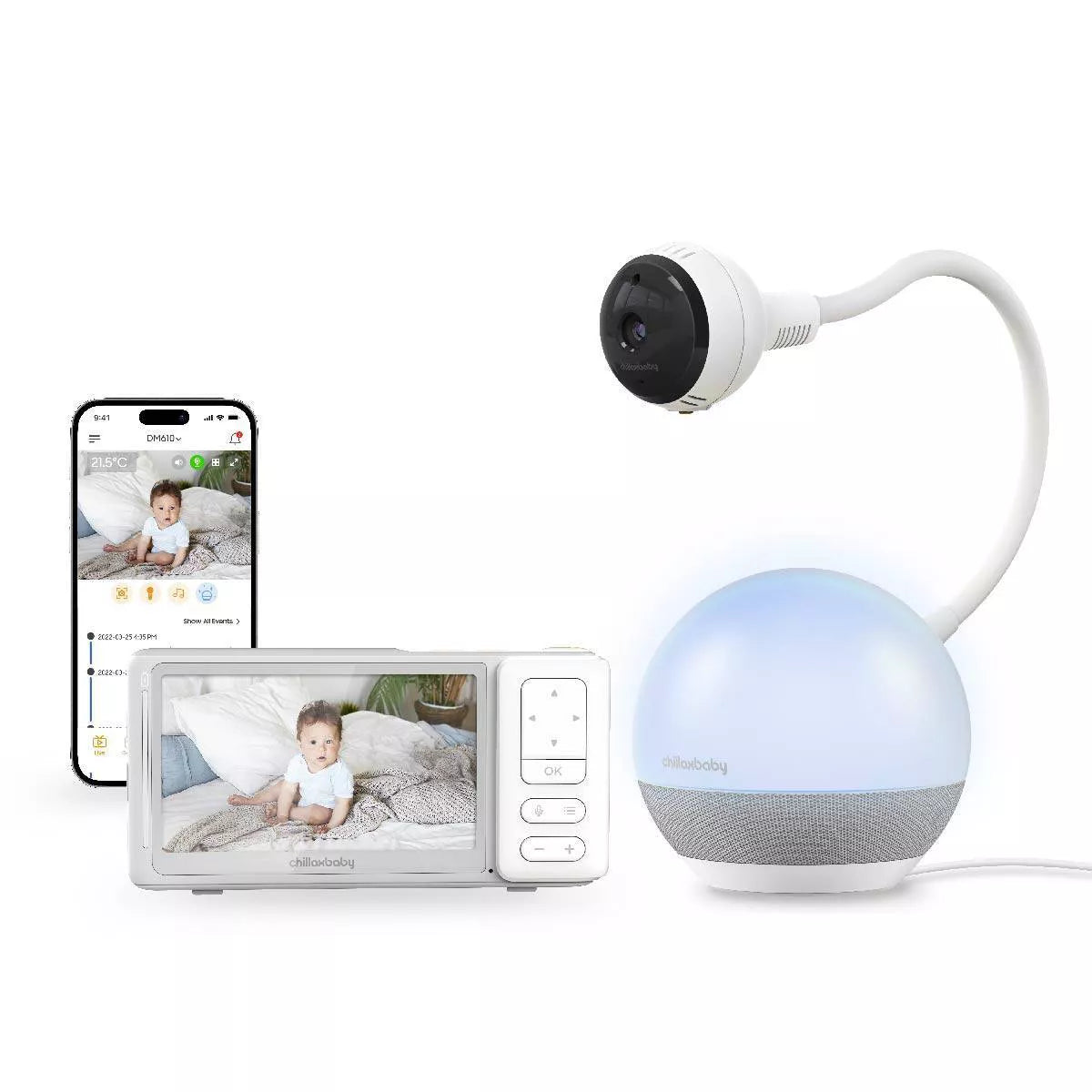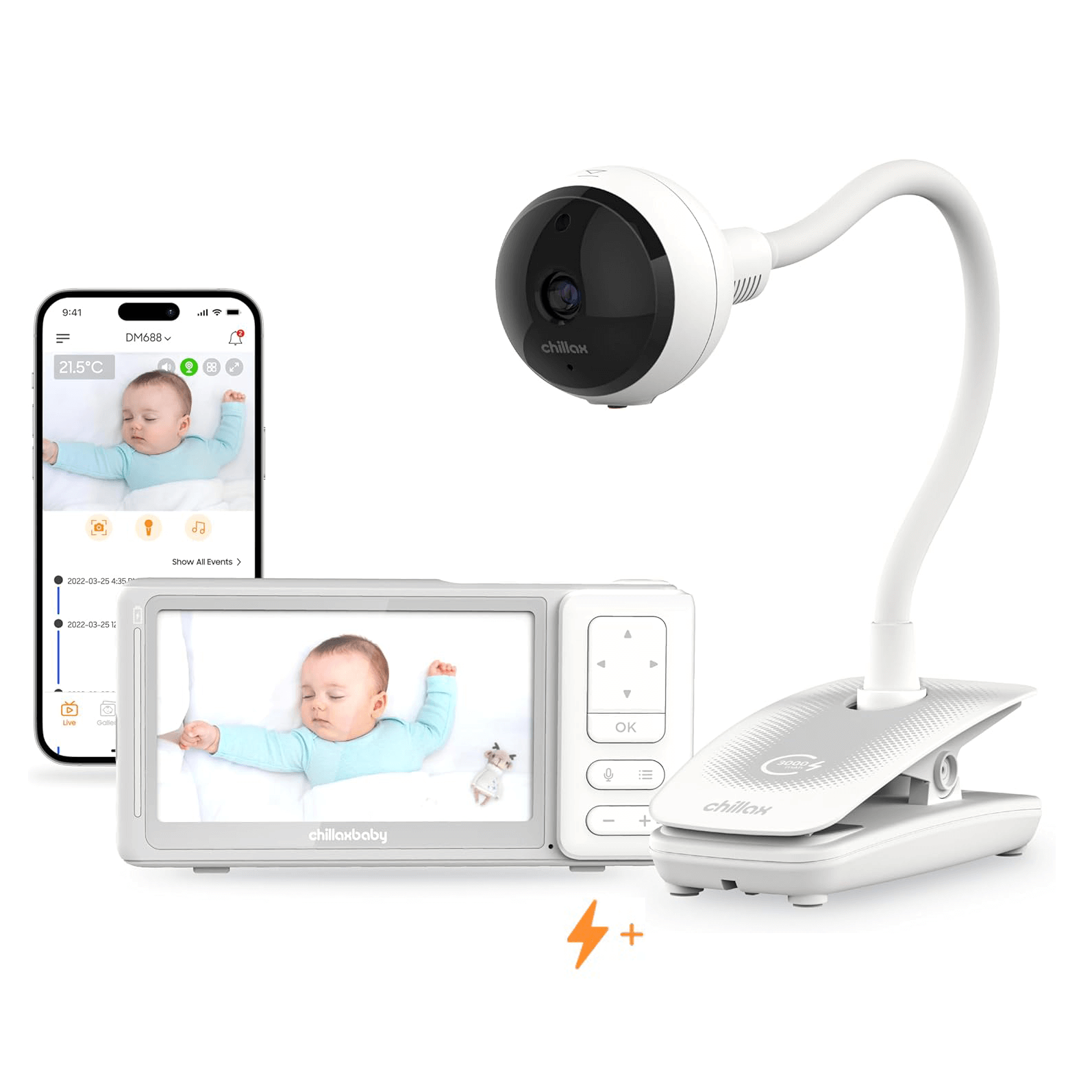As a new parent, you want to do everything in your power to keep your newborn healthy and safe. You may have heard conflicting opinions about whether or not a ceiling fan can make a newborn sick. In this article, we’ll explore the potential effects of a ceiling fan on a newborn’s health and provide some tips for using a ceiling fan safely in your baby’s room.
The Benefits of a Ceiling Fan for a Newborn
Improved Air Circulation
One of the main benefits of a ceiling fan in a newborn’s room is improved air circulation. A ceiling fan can help to circulate the air in the room, preventing it from becoming stagnant. This can be especially beneficial in the summer months when the air can become hot and stuffy. Improved air circulation can also help to reduce the risk of Sudden Infant Death Syndrome (SIDS), as stagnant air can increase the risk of carbon dioxide buildup.
White Noise for Better Sleep
Newborns are used to the constant noise of the womb, so the silence of a quiet room can be unsettling for them. A ceiling fan can provide a gentle, consistent white noise that can help your baby sleep more soundly. This can be especially helpful for newborns who have trouble falling asleep or staying asleep.
An alternative option for creating white noise is by using our Baby Mood Pro, which comes equipped with a built-in white noise machine.
Temperature Regulation
A ceiling fan can also help to regulate the temperature in your baby’s room. In the summer, it can help to keep the room cool and comfortable, while in the winter, it can help to circulate warm air from the heating system. This can help to create a comfortable environment for your baby to sleep in.
Can a Ceiling Fan Make a Newborn Sick?
Increased Risk of Dry Skin
One concern that some parents have is that a ceiling fan can dry out their baby’s skin. While this is a possibility, it is not a common occurrence. If you notice that your baby’s skin is becoming dry, you can try using a humidifier in the room to add moisture to the air.
Risk of Allergies
Another concern is that a ceiling fan can stir up dust and allergens, which can irritate a newborn’s sensitive respiratory system. However, this can be easily avoided by regularly dusting and cleaning the fan blades. You can also use a fan with a built-in air filter to help reduce the risk of allergens being circulated in the room.
Risk of Colds and Infections
Some people believe that a ceiling fan can cause a newborn to catch a cold or other respiratory infection. However, there is no scientific evidence to support this claim. In fact, improved air circulation can help to reduce the risk of respiratory infections by preventing the buildup of bacteria and viruses in the air.
Tips for Using a Ceiling Fan Safely in Your Baby’s Room
Keep the Fan at a Safe Distance
When installing a ceiling fan in your baby’s room, make sure it is at least 7 feet above the floor and at least 18 inches away from the walls. This will help to prevent any accidents or injuries from occurring. Ideally, place the crib away from the fan, so the crib is not directly under it.
Use a Fan with a Reverse Function
A ceiling fan with a reverse function can be beneficial for your baby’s room. In the summer, the fan can be set to rotate counterclockwise to create a cooling breeze. In the winter, the fan can be set to rotate clockwise to circulate warm air from the heating system.
Use a Fan with a Timer
A ceiling fan with a timer can be helpful for regulating the temperature in your baby’s room. You can set the fan to turn on and off at specific times, ensuring that the room stays at a comfortable temperature throughout the night.
Regularly Clean and Dust the Fan Blades
As mentioned earlier, regularly cleaning and dusting the fan blades can help to reduce the risk of allergens being circulated in the room. Make sure to use a damp cloth to avoid spreading dust and allergens into the air.
Monitor Your Baby’s Comfort
Every baby is different, so it’s important to monitor your baby’s comfort level when using a ceiling fan in their room. If you notice that your baby is becoming too cold or too hot, adjust the fan’s speed or direction accordingly.
Conclusion
In conclusion, a ceiling fan can provide many benefits for a newborn’s room, including improved air circulation, white noise for better sleep, and temperature regulation. While there are some potential risks, these can be easily avoided by using a fan with a reverse function, regularly cleaning the fan blades, and monitoring your baby’s comfort level. With proper use and maintenance, a ceiling fan can be a helpful tool in creating a comfortable and safe environment for your newborn.

